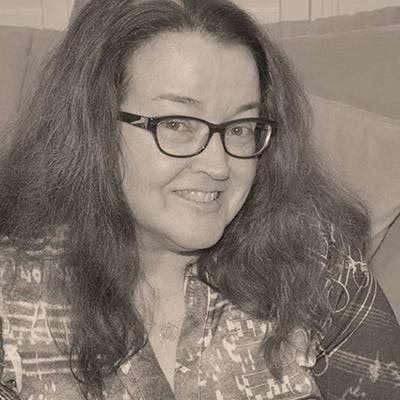The international organic and natural food company makes progress in simplifying its portfolio, moves into trendy, popular products.

Hain Celestial CEO Mark Schiller's plan to make the international natural food and beverage manufacturer smaller and more profitable is working, he said during Thursday's earnings call.
"We're executing at a high level and gaining increased confidence in our strategic objectives through the results we are generating every day," he said. "Our team remains committed to delivering strong consistent results for our stakeholders with clarity on how we achieve them and the continued path ahead."
Hain reported a 5% decrease from a year ago in net sales, to $506.8 million, but said adjusted net sales—taking into account foreign exchange rates, sales lost from divested businesses and sales lost from discontinued products—was down only 1%.
Other results from the second quarter, which ended Dec. 31, showed positive results compared to the second quarter of 2019:
Gross margin of 20.8%, an increase of 180 basis points.
Adjusted gross margin of 22%, an increase of 220 basis points.
Net income of $1.9 million, compared with a net loss of $31.8 million.
Adjusted net income of $17.6 million, compared with $13 million, and increase of 35%.
Hain ended fiscal 2019 with a net loss of $49.9 million; net sales of $2.3 billion; gross profit of $445.2 million; and gross margin of 19.3%.
After Schiller became president and CEO in November 2018, he laid out four strategies to increase profit, gross margin, EBITDA and EBITDA margin: simplifying the organization and its portfolio; strengthening its capabilities; expanding profit margin and cash flow; and reinvigorating top-line growth.
Since then, the company has sold seven brands that brought in almost $750 million in sales, he said. He expects to sell or close others.
"I never want to say that we're done because once you make changes, you have to go look at the portfolio you have left and re-segment it again," Schiller said. "So, this is going to be a reshaping of the portfolio over time. But certainly the percentage of business that is in that tail is smaller today than it was a year ago. It was roughly 50% of sales a year ago. It's now about 39% of sales."
Schiller's team also has consolidated manufacturing sites, offices and distribution centers, and combine five U.S. sales divisions into one, he said. The company is combining its operations in the U.S. and Canada, as well.
Real product innovation in the pipeline
To improve its top line, Hain Celestial is undertaking several product innovations this year.
"We're showing retailers innovation that's coming next fall and next winter so that they can decide how aggressively they want to get behind it. And so I'm much more optimistic going forward that we'll continue to show momentum there," Schiller said.
Just a week ago, it rolled out spicy and "flaming hot" veggie straws—a first in the natural space, Schiller said. At the beginning of the calendar year, the company introduced multi-packs of single-serving size yogurt, a packing that accounts for 70% of yogurt sales, he said.
Later this year, Hain Celestial will offer new yogurt and snack products, as well as new teas.
"We're going to go pretty big on tea. It's a huge category that's craving leadership and real innovation and we think we've got the guns loaded really successful there," Schiller said.
He also expects to see robust growth in the sun care category this quarter as the company recovers from service and distribution issues a year ago.
SKU rationalization—the elimination of products that aren't making enough profit—is about 70% complete and should wrap up by the end of the fiscal year, Schiller said.
Cash is flowing as debt is falling
Javier Idrovo, who became chief financial officer on Dec. 2, reviewed the company's cash flow and debt:
Operating cash flow was $20.7 million, up about $1 million.
Inventory is $16 million lower than it was at the end of June 2019.
Cash balance on Dec. 31 was $37 million.
Net debt on Dec. 31 was $289 million, and the gross debt-to-leverage ratio was 3.1, compared with 4.2 at the end of fiscal 2019.
About the Author(s)
You May Also Like




